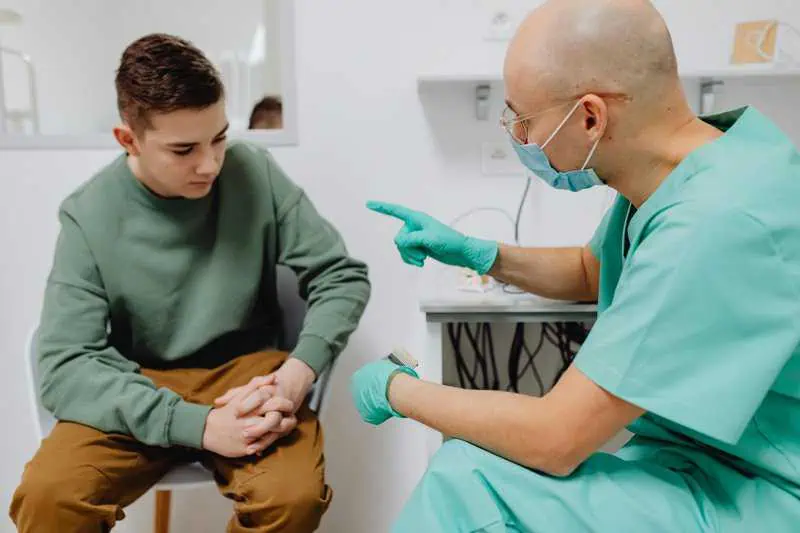When sores appear in or around a child’s mouth, it’s only natural to be concerned, especially if they cause discomfort. Two common types of sores are canker sores and cold sores, but they are not the same. Let’s explore the key differences between canker and cold sores, how to treat them, and when you might want to consult a pediatric dentist.
What Are Canker Sores?
Canker sores are small, painful ulcers that appear inside the mouth. These sores can be found on the inner cheeks, gums, tongue, or roof of the mouth. Canker sores are not contagious and typically heal independently within one to two weeks.
Common Signs of Canker Sores:
- Small, round, or oval ulcers with a white or yellow center
- Surrounded by a red border
- Typically occurs inside the mouth
- Not contagious
- Can be triggered by stress, minor mouth injuries, acidic or spicy foods, and nutritional deficiencies
What Are Cold Sores?
Cold sores, also known as fever blisters, are caused by the herpes simplex virus (HSV-1). Unlike canker sores, cold sores are contagious and usually appear on the lips, but they can also develop around the mouth, nose, or even the chin. Cold sores often start with a tingling sensation followed by the appearance of small, fluid-filled blisters.
Common Signs of Cold Sores:
- Small, fluid-filled blisters that cluster together
- Typically, it occurs on the lips or around the mouth
- Highly contagious
- Triggered by factors such as stress, sun exposure, or illness
Key Differences Between Canker Sores and Cold Sores
Understanding the differences between canker and cold sores is crucial for proper treatment and prevention.
- Location
Canker sores only appear inside the mouth, while cold sores are usually found on the lips or around the mouth.
- Contagiousness
Canker sores are not contagious, but cold sores are highly contagious and can spread through close contact or sharing of food or utensils.
- Cause
Canker sores have various triggers, including diet and stress, while a virus causes cold sores.
- Appearance
Canker sores are round or oval ulcers with a red border, whereas cold sores are fluid-filled blisters that often appear in clusters.
Treatment and Management
Treating canker sores and cold sores involves different approaches:
Canker Sores:
- Avoid spicy or acidic foods that can irritate the sore.
- Use over-the-counter topical ointments to reduce pain and speed up healing.
- Maintain good oral hygiene to prevent infection.
Cold Sores:
- Apply antiviral creams or ointments at the first sign of a tingling sensation.
- Avoid kissing or sharing utensils during an outbreak to prevent spreading.
- Protect your child’s lips with a lip balm that contains sunscreen to prevent sun-triggered outbreaks.
When to See a Pediatric Dentist
While canker sores and cold sores usually resolve on their own, there are times when you should consult a pediatric dentist:
- If your child’s sores are unusually large or painful
- If the sores persist for more than two weeks
- If your child frequently develops canker sores or cold sores
- If the sores are accompanied by other symptoms like fever or swollen glands
At our pediatric dental office in Tucson, we understand how concerning these issues can be. Our team is here to provide guidance and treatment to keep your child’s smile healthy and comfortable. We can advise on managing canker and cold sores and provide treatments to reduce discomfort and prevent future outbreaks.
If you have concerns about your child’s oral health or need help managing canker sores or cold sores, don’t hesitate to contact our office to schedule an appointment. We’re here to help ensure your child’s smile stays bright and healthy!


